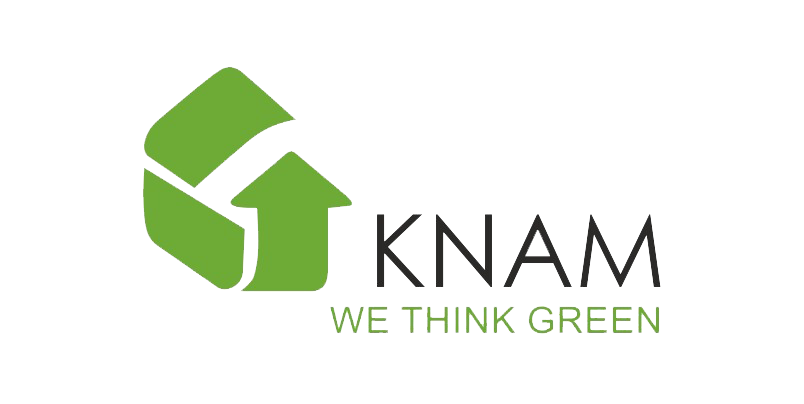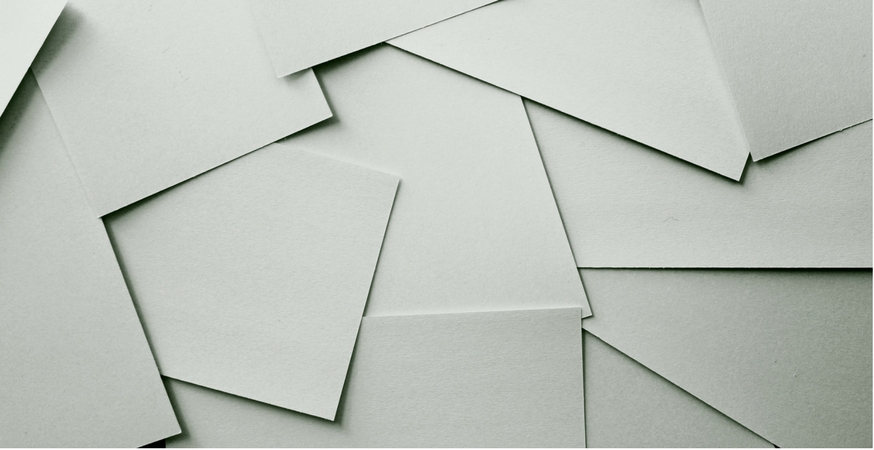Exploring the World of Paper Finishes: A Guide to Different Types
When it comes to choosing the right paper for various printing and design projects, the finish plays a crucial role in determining the final look and feel. Paper finishes can enhance the visual appeal, texture, and durability of printed materials. In this blog, we will delve into the world of paper finishes, exploring the different types commonly used in the industry.
1. Coated Paper:
Experience the Advantages of a Luxurious Sheen: Coated paper elevates your printing projects with enhanced precision and reduced ink absorption. This coating ensures that every image and text appears as if it effortlessly materialized onto the page. Choose from a variety of finishes, including glossy, matte, dull, and satin, to find the perfect match for your project, catering to a wide range of preferences and objectives.
- Gloss Paper:
Experience Unmatched Brilliance with Gloss Coated Paper, an ideal choice for intricate designs that require vibrant and clear results. The high gloss finish adds a touch of elegance without weighing heavily on your budget. Enjoy reduced ink absorption, ensuring your colors remain vivid and true, even with the most detailed and defined printed images on this lustrous paper.
- Satin Paper:
Strike the Perfect Balance of Luminosity and Subtlety with Satin Coated Paper. Its captivating, yet restrained, shine level enhances the richness and vibrancy of colors, making it an excellent choice for printing stunning photos or vibrant designs. Enjoy the clarity and visual impact that satin paper brings to your printed materials.
- Matte Paper:
Achieve a Polished and Professional Look with Matte Coated Paper. Its non-glossy finish reduces glare, providing easy readability. The coating prevents ink from seeping into the paper, ensuring vivid colors and adding an extra layer of opacity. Matte finishes reduce glare, making them suitable for materials that will be viewed under different lighting conditions.
- Dull Coated Paper:
Discover the Perfect Blend of Smoothness and Subtle Shine with Dull Coated Paper. Its uniquely balanced luster creates an eye-catching effect that is sure to grab attention across any medium. The smooth surface with a touch of shine captures the viewer’s interest while retaining an air of sophistication.
2. Uncoated Paper:
Unleash the Versatility of Uncoated Paper, a popular choice for print jobs that offer a unique set of characteristics. Unlike glossy finishes, uncoated paper allows inks to absorb directly into the stock, providing a distinctive tactile experience. While it lacks the surface sealant found in coated papers, the uncoated paper offers a wide range of options to suit your preferences. Choose from wove or smooth finishes, textured linen, and more to add depth and variety to your printed materials. Embrace the charm and versatility of uncoated paper for your next printing project.
- Wove or Smooth Paper:
Enhance Your Print Materials with a Strikingly Smooth Finish. Wove paper, renowned for its strength and flexibility, ensures a professional touch for your printed products. Its smooth surface allows for precise and crisp printing, making it an excellent choice for achieving a polished result. The enhanced ink absorption of wove paper prevents smearing or fading, making it perfect for digital printing and ensuring your designs remain vibrant and sharp.
- Laid Paper:
Elevate Your Corporate Communication with the Timeless Elegance of Laid Paper. This unique textured paper features criss-cross ribbed lines across its surface, adding a touch of distinction to stationery products such as letterheads, envelopes, and business cards. Give your business materials the professional touch they deserve, thanks to the captivating and refined aesthetic created by the classic laid finish.
- Linen Paper:
Infuse Your Business Stationery with a Professional Aura Using Linen Paper. This fine-textured paper boasts evenly spaced lines running across its surface, adding a subtle and sophisticated texture to any printed item. Create an exquisite aesthetic reminiscent of classic laid finish stocks, giving your documents a professional feel that leaves a lasting impression.
3. Coated One Side and Coated Two Sides Paper:
Explore the Distinction Between C1S and C2S Coated Paper. C1S, which stands for coated one side, features a single-sided coating on the sheet. On the other hand, C2S, or coated two sides, boasts coating on both sides, resulting in a glossy finish that is ideal for vibrant postcards and other visually striking applications.
Paper Opacity:
Beyond Color and Texture: Understanding the Impact of Paper Opacity on Your Print Projects. The opacity of paper plays a crucial role in determining the overall effect of your printed materials. Factors such as weight, ingredients, and absorbency contribute to the opacity of the paper.
Opacity is measured on a scale from 0% for complete transparency to 100% for full coverage. For example, tracing paper typically has low opacity, allowing some degree of visibility through the sheet. Understanding how to balance the opacity of the paper for different print requirements adds depth and visual impact to your designs. Choose the right paper opacity to enhance the desired effect and bring your designs to life with greater dimension.
Conclusion:
Choosing the right paper finish is essential to achieve the desired outcome for your printing and design projects. Each type of finish offers distinct characteristics and advantages, catering to different aesthetic and functional requirements. Whether you prefer the glossy shine, the elegant matte, or the natural feel of uncoated paper, understanding the options available allows you to make informed decisions and create stunning, professional results. So, consider the project’s purpose, design elements, and desired impact when selecting the perfect paper finish for your next venture.






